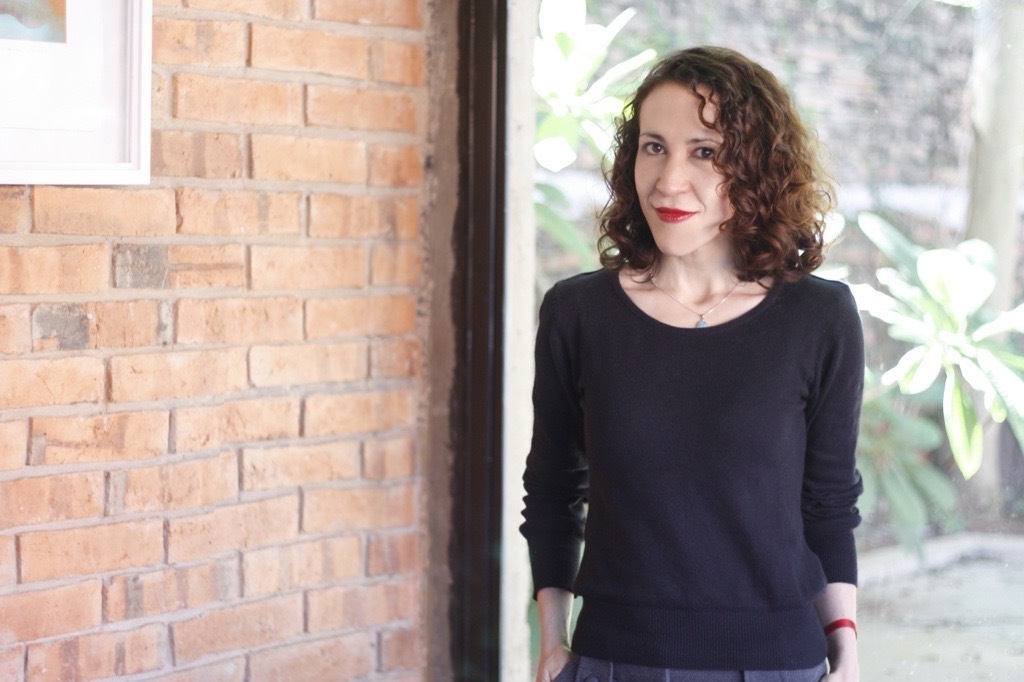 The Royal Society’s pairing scheme brings together research scientists with UK parliamentarians and civil servants. They learn about each other’s work by spending time together in Westminster and the researcher’s labs.
The Royal Society’s pairing scheme brings together research scientists with UK parliamentarians and civil servants. They learn about each other’s work by spending time together in Westminster and the researcher’s labs.
Darrin Baines, Professor in Health Economics at Coventry University has analysed many aspects of health care efficiency over a 20 year career. He took part in the scheme this year.
I have just been lucky enough to be one of a small group of UK academics who were specially selected to be part of this year’s Royal Society Pairing Scheme. Each year about 30 research scientists are paired with UK parliamentarians and civil servants as a part of a competitive scheme run by the Royal society. The participants are diverse in terms of their scientific interests – from physics to astronomy, economics to nano-technology. However, all share a keen interest in being part of the policy debate and promoting scientifically-sound, government decision-making.
For four days in November, I spent time at the Palace of Westminster and within the Department of Health learning about the inner workings of the government policy machine. Because of my experience as a professor of health economics, I was paired with Lord Prior of Brampton who is Minister for NHS Productivity and Efficiency and a member of the House of Lords.
“I received a warm welcome and was given an opportunity to create a dialogue with senior policy-makers and the Minister that would not have been possible without the efforts of the Royal Society and the members of government I met.” Professor Darrin Baines, Coventry University
The two days I spent with the Minster and his team, as part of the scheme, were illuminating and have made me think afresh about my work with the health service. During the visit, I was also lucky enough to spend a lot of time with Claire Stoneham, Deputy Director, NHS Efficiency, Department of Health, and her team. I finished the week with a better insight into how my research can help inform government policy making, as well as possessing a better understanding of how I can get involved.
The highlight of my week was spending time with senior civil servants working on NHS efficiency. Their work and mine has many interesting overlaps and common themes, although their agenda for delivery is much tighter than the cycle of academic research, review and publication.
I believe both sides enjoyed the exchange of ideas and perspectives. It was good to see that the NHS is being guided by a group of such dedicated, intelligent people who were so open to discussion and debate. Our plan is to explore future working, but already we have jointly identified some strong ideas worth exploring.
“We really enjoyed having Professor Baines with us, and learnt a lot from his expertise. In particular, his academic perspective on the underlying economics helped us think differently about the efficiency savings challenge faced by the NHS, and we were also able to draw on his experience of the previous QIPP savings programme. We’ve already invited him back to see us again in January! I’d definitely recommend the pairing scheme to civil service colleagues.” Claire Stoneham, Deputy Director, NHS Efficiency, Department of Health
My pairing officially ends with a visit from Lord Brampton to Coventry University where he will meet the Vice Chancellor, Professor John Latham, and the Executive Dean of the School of Health and Life Sciences, Professor Guy Daly. This will happen before March 2016, and will involve a visit to the university campus and engagement with the local health service. Coventry is home to many exciting developments in health research and delivery. I look forward to showing the Minister some of the exciting things that are happening.
Upon reflection, the 2015 Pairing Scheme has been a fantastic experience for me and a great opportunity to make my work more policy relevant. I would recommend the scheme to any academic who wishes to get involved in government policy-making. Indeed, I early look forward to seeing who is chosen for next year’s tranche of scientists and what interesting pairs are chosen.




